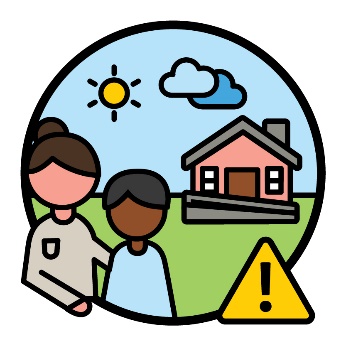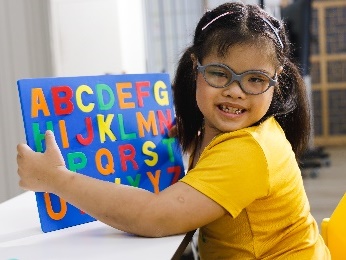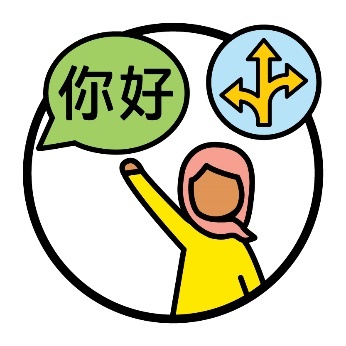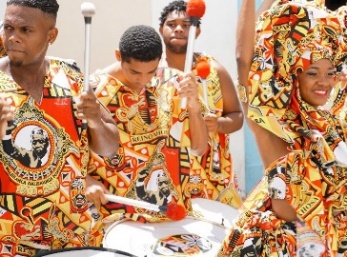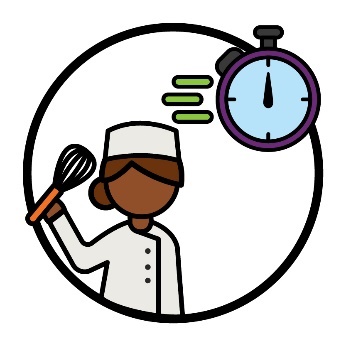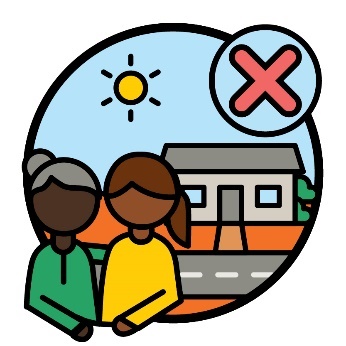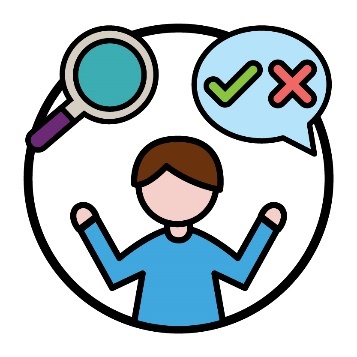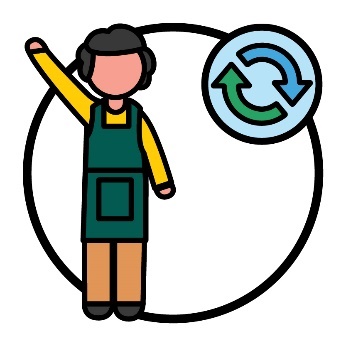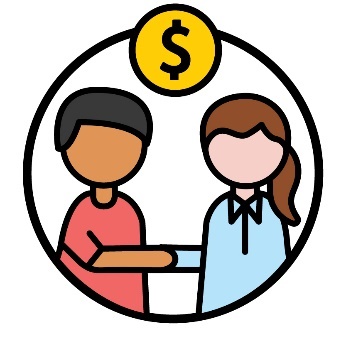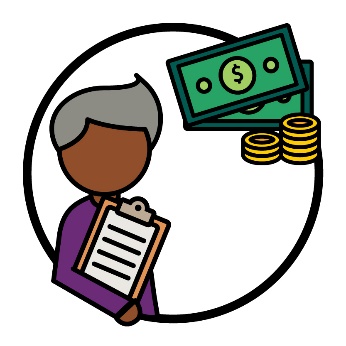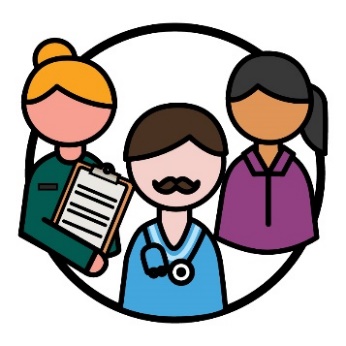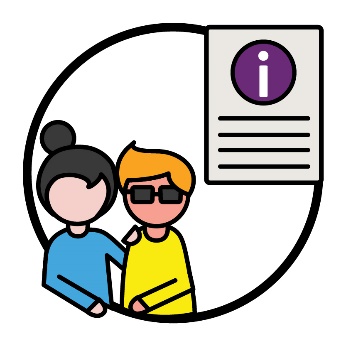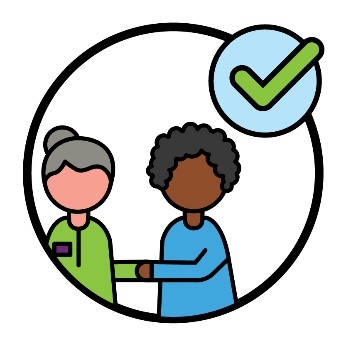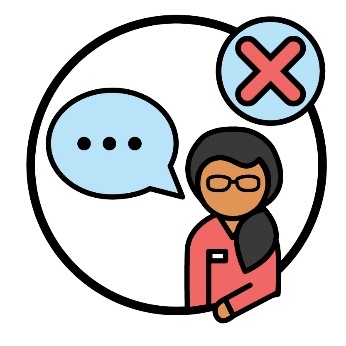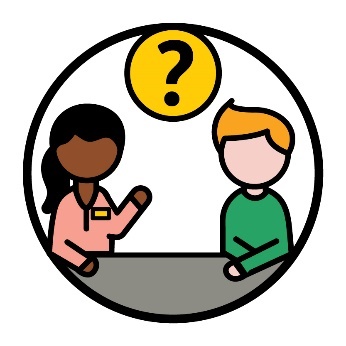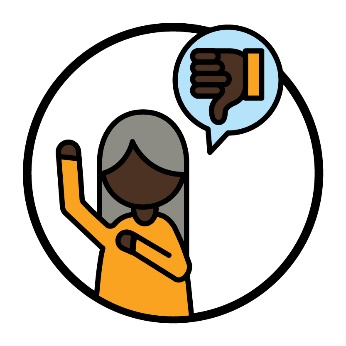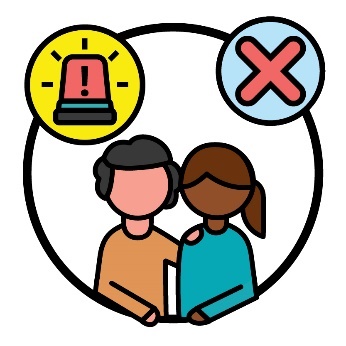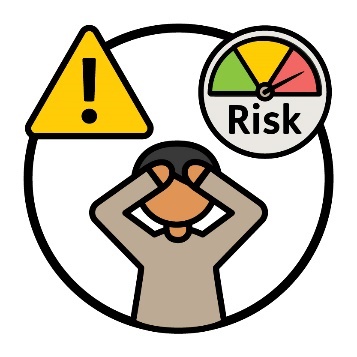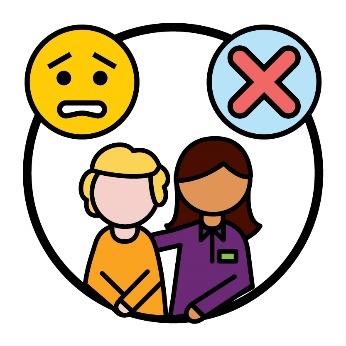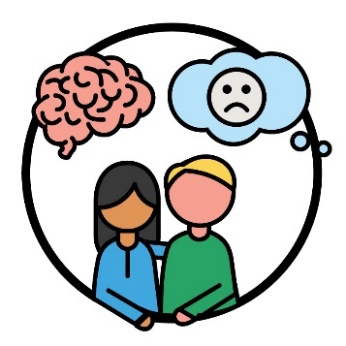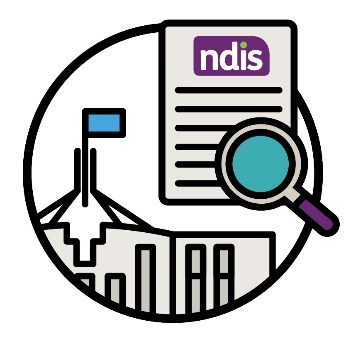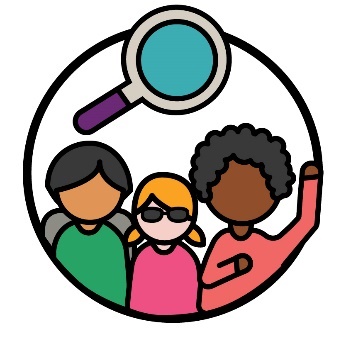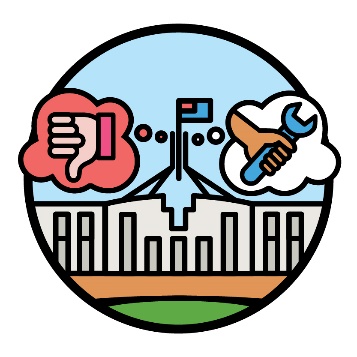Our reports
|
|
The Reference Group connected with the community to find out about issues that affect them. |
|
|
The Reference Group members shared these issues with the NDIA. |
What did the reports talk about?
NDIS plans
|
|
Reference Group members shared that some NDIA planners only focus on one disability. |
||
|
|
An NDIA planner is someone who:
|
||
|
|
NDIA planners should focus on every disability that affects a participant’s life. |
||
|
|
Members explained it can be hard for some culturally and linguistically diverse (CALD) people to take part in the NDIS. |
||
|
|
CALD people:
|
||
|
|
For example, it can be hard for smaller CALD communities to find information about the NDIS in the languages they speak. This makes it harder for these communities to take part in the NDIS. |
||
|
|
Members also explained that less people manage their own plans when they are from:
|
||
|
|
And members want the NDIA to share information to help them understand why this happens. |
||
|
|
Members shared that the NDIS should be quicker to give support to people who have disability because of a stroke. |
||
|
|
A stroke is when blood clots in someone’s brain. When blood clots, it gets thick. The blood clot stops the other blood getting to your brain. |
||
|
|
Members explained that NDIS plans should include ways participants can keep their personal data safe. |
||
|
|
When we talk about data, we mean:
|
||
|
|
Members also explained that the NDIS could use artificial intelligence to make NDIS plans better. Sometimes we call it AI. |
||
|
|
AI technology can:
|
||
|
|
But if the NDIS uses AI, they must have a plan to keep people with disability and their data safe. |
||
|
|
Members shared that people wait a long time to get proof of their disability from the health system. |
||
NDIS services and supports
|
|
Reference Group members explained that men with brain injuries often get more NDIS supports for food and cleaning. |
|
|
|
Brain injuries can happen when someone:
|
|
|
|
Men often get more of these supports than women with brain injuries. |
|
|
|
Members shared some older CALD parents find it hard to get home and living supports for their children. |
|
|
|
This includes children with Down syndrome. Down syndrome affects how you grow and think. |
|
|
|
Some older CALD parents find this hard because they have a different:
|
|
|
|
Your culture is:
|
|
|
Members worry that school leaver employment supports (SLES) help young people with disability to find work that: |
||
|
|
|
|
|
|
|
|
|
|
SLES is for Year 12 students with disability who:
|
|
|
Members shared that employers should change their jobs to suit people with disability. |
|
|
An employer is a person who hires other people to work for them. |
|
|
This could mean some participants will need less support from the NDIS to help them work. |
NDIS providers and the community
|
|
Reference Group members shared that some SLES providers use the program to support their own money goals. |
|
|
|
Providers support people with disability by delivering a service. |
|
|
|
Members explained that the NDIA should share information about what support Australians with disability need. |
|
|
|
This will help providers offer services that different communities need. |
|
|
|
Members also explained that some people might stop being support workers if it takes too long to get their Worker Screening Check. A Worker Screening Check is a way to help keep people safe. |
|
|
|
Members shared that some support workers share participant’s stories with other people. They should not share this information. |
|
|
|
This happens when support workers:
|
|
|
|
Members explained that some people with disability aren’t happy with some providers. This includes providers who ask for certain information about their disability. |
|
|
|
Members also explained that some participants don’t think their providers can support them well in an emergency. |
|
|
|
An emergency:
|
|
|
|
Your mental health is about how you:
|
|
|
|
Members shared that participants worry they will lose some of their NDIS supports. They worry they will lose their supports if there are better mental health services. For example, psychosocial disability supports. |
|
|
|
A psychosocial disability affects your mental health. It can affect how you:
|
|
|
|
Members worry that it might take the NDIA a long time to make the NDIS better. This includes using ideas from the NDIS Review. |
|
|
|
The Australian Government is checking the NDIS to find out what:
They call it the NDIS Review. |
|
|
|
It also includes using ideas from the Disability Royal Commission. |
|
|
|
A royal commission is how the government looks into a big problem. It helps us find out what:
|
|





















